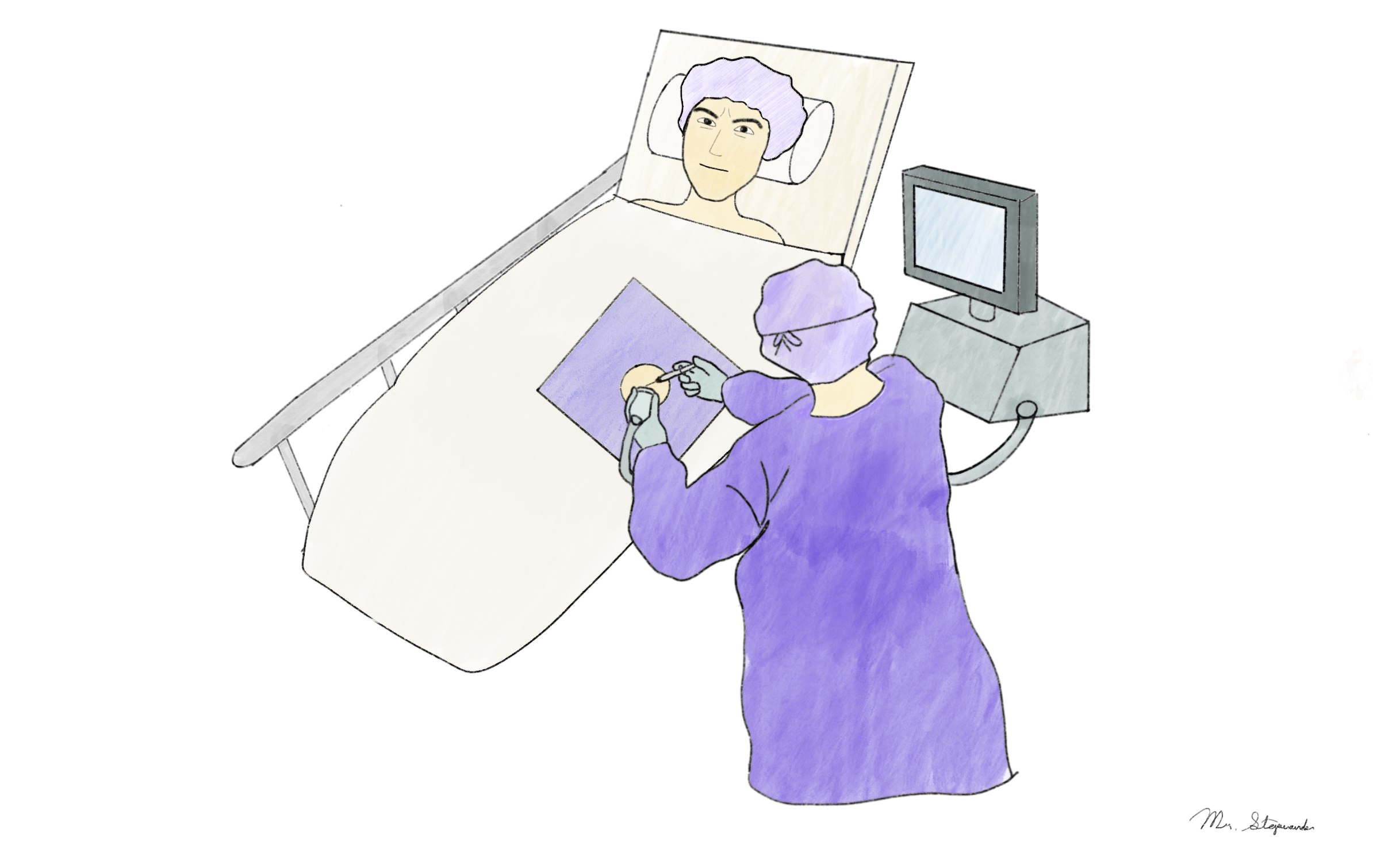OVERVIEW
It is important to appreciate how patients may have a variety of indications that will suggest that they could benefit from performing a paracentesis. It is important to also appreciate that a paracentesis can be done for both diagnostic and therapeutic reasons (as sometimes these are done at the same time in select patients). For more general information on the topic of indications within the context of radiology procedures please refer to this page.

For more general information about indications for radiology procedures please refer to this page.
INDICATIONS FOR A DIAGNOSTIC PARACENTESIS:
The ascites that is drained during a paracentesis can also be sent for analysis and has diagnostic utility. In reality a paracentesis is often times performed in most cases when patients have new-onset or worsening ascites of unknown etiology.
Here are specific instances in which a diagnostic paracentesis is indicated.
Establish ascites etiology with serum ascites albumin gradient (SAAG):
This is often times the first step in trying to characterize the ascites fluid and see how likely it is that it is caused by portal hypertension. In brief, if patients have a high SAAG (> 1.1 g/dL), there is a very high chance that their ascites is caused by portal hypertension.
You can read more about this topic here.
Evaluate for spontaneous bacterial peritonitis (SBP):
Sometimes patients may have an infection of their ascites (such as SBP) and the fluid will have to be sampled to evaluate for infection. The bar for performing a paracentesis to rule out SBP in patients with cirrhosis is relatively low and any of the following symptoms can serve as an indication in a cirrhotic patient with ascites:
- New encephalopathy
- Fever
- Acute kidney injury
- New abdominal pain
- New leukocytosis
- Shock/sepsis
It is important to remember that many patients with SBP are asymptomatic, so it is important to take the concern for SBP seriously. You can read more about this topic here.
INDICATIONS FOR A THERAPEUTIC PARACENTESIS (SYMPTOMS EXPERIENCED BY PATIENTS):
Larger volumes of ascites can cause patients to experience the following symptoms that will improve once the patient undergoes a therapeutic paracentesis.
- General discomfort/pain: ascites can lead to a swollen abdomen that can be uncomfortable/painful for patients.
- Difficulty breathing: large volumes of peritoneal fluid can push up against the diaphragm and make it challenging for patients to breath easily.
Page Updated: 04.14.2019